39
5
Consider taking some non-negative integer such as 8675309 and computing the absolute values of the differences between all the pairs of neighboring digits.
For 8675309 we get |8-6| = 2, |6-7| = 1, |7-5| = 2, |5-3| = 2, |3-0| = 3, |0-9| = 9. Stringing these results together yields another, smaller non-negative integer: 212239. Repeating the process gives 11016, then 0115, which by the convention that leading zeros are not written simplifies as 115, which becomes 04 or 4, which can't be reduced any further. Summing all these values up we get 8675309 + 212239 + 11016 + 115 + 4 = 8898683.
Let's define the Digit Difference Sum (or DDS) as this operation of repeatedly taking the digit differences of a number to form a new number, then adding all the resulting numbers to the original.
Here are the first 20 values in the corresponding DDS sequence:
N DDS(N)
0 0
1 1
2 2
3 3
4 4
5 5
6 6
7 7
8 8
9 9
10 11
11 11
12 13
13 15
14 17
15 19
16 21
17 23
18 25
19 27
Here are the first 10000 values, the graph for which is quite curious:
Especially since it looks the same when you plot it to 1000 or even 100:
(I'd call it the dentist's staircase...)
Challenge
Write a program or function that takes in a non-negative integer and prints or returns its DDS value. For example, if the input was 8675309, the output should be 8898683.
The shortest code in bytes wins.
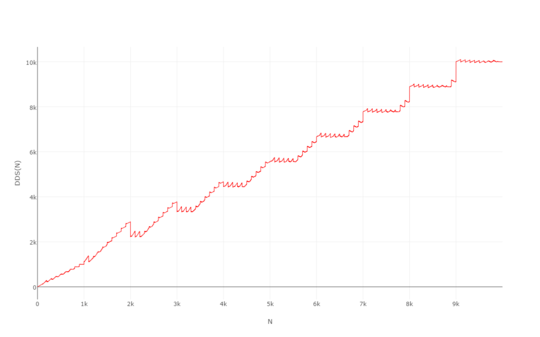
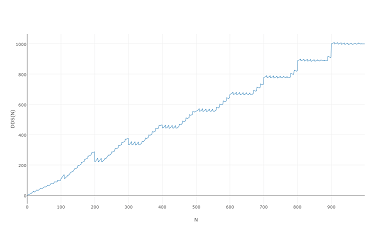
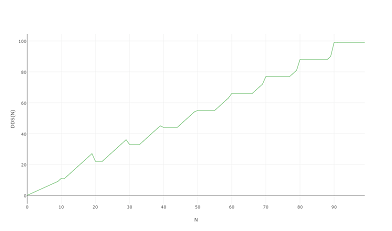
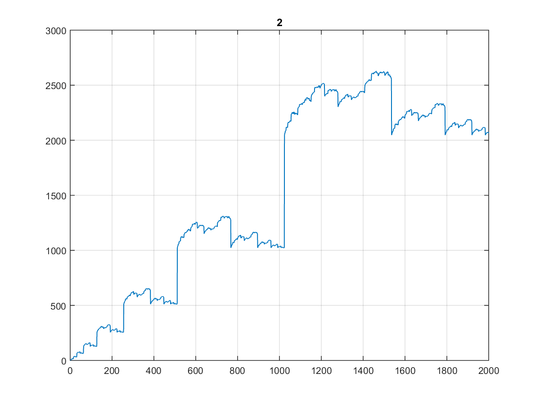
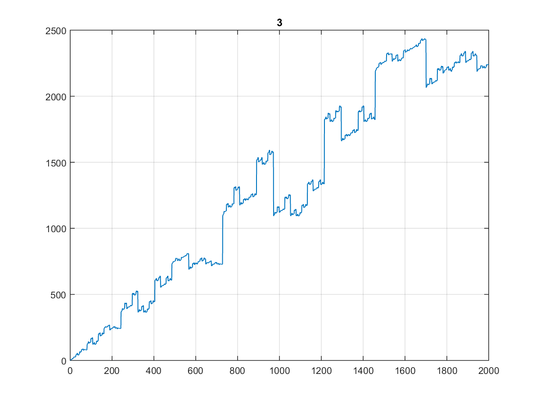
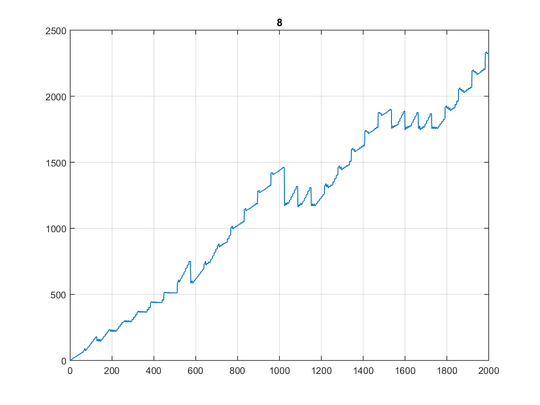
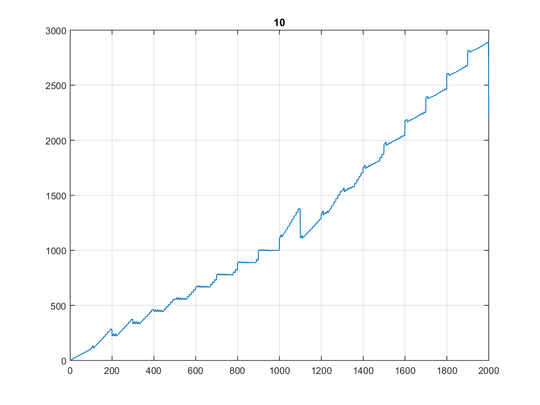
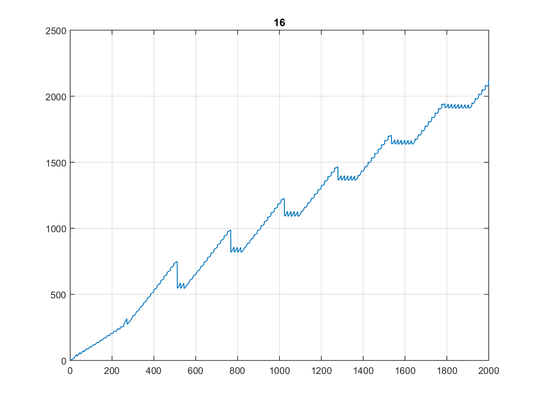
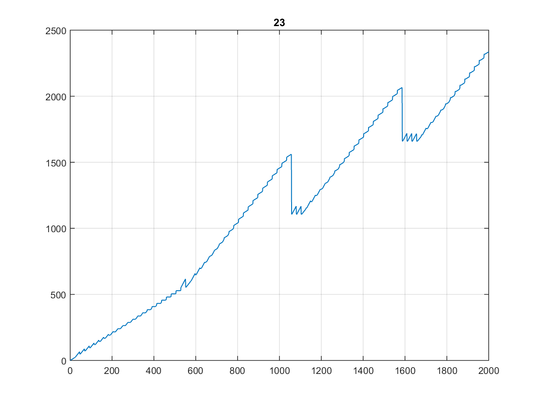

dentist's staircase? – Martijn – 2015-09-20T12:47:42.323
12@MartijnR Dentist's staircase. – Calvin's Hobbies – 2015-09-20T13:14:45.627
@Calvin'sHobbies Orthodontist's staircase? – Beta Decay – 2015-09-21T16:03:16.793
1@BetaDecay Dentist's staircase. – Alex A. – 2015-09-21T17:08:42.563